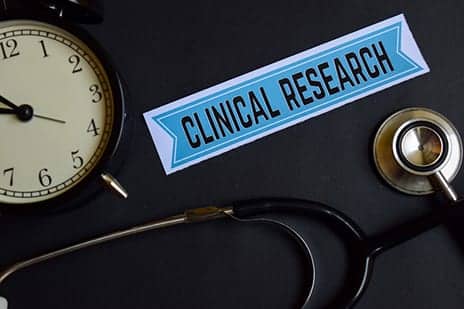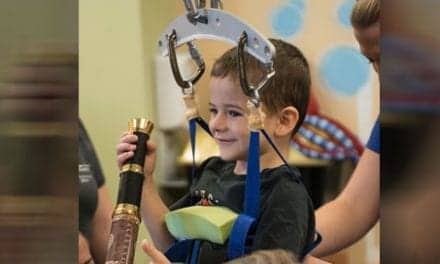Researchers have identified a three-pronged treatment that triggers axons to regrow after complete spinal cord injury in rodents, according to a study published in Nature.
The axons could not only grow through scars, they could also transmit signals across the damaged tissue, according to the neuroscientists from UCLA, Harvard University, and the Swiss Federal Institute of Technology.
If they could produce similar results in human studies, their findings could lead to therapy to restore axon connections in people living with spinal cord injury, they suggest.
“The idea was to deliver a sequence of three very different treatments and test whether the combination could stimulate disconnected axons to regrow across the scar in the injured spinal cord,” said lead author Michael Sofroniew, a professor of neurobiology at the David Geffen School of Medicine at UCLA, in a media release from University of California – Los Angeles Health Sciences.
“Previous studies had tested each of the three treatments separately, but never together. The combination proved to be the key.”
In their study, the researchers reactivated nerve cells in the spinal cords of mice by injecting a treatment packaged in harmless viruses that was first developed in the lab of Zhigang He, a neuroscientist at Harvard.
Two weeks later, the UCLA team anesthetized the animals and disconnected the axons in their lower spinal cords. Only the rodents’ hind legs were affected, and they could still move and feed.
Two days after injury, the team administered a second treatment into the lesion to create new pathways on which axons prefer to grow. Finally, the researchers released a third set of molecules called chemo-attractants.
“Not only had axons grown robustly through the scar tissue, but many fibers had penetrated into the remaining spinal cord tissue on the other side of the lesion and made new connections with neurons there,” Sofroniew shares.
Animals who did not undergo the combined treatment exhibited no axon regrowth across the injury lesion, the release explains.
To test the finding’s reproducibility, the team repeated the experiment multiple times in mice at UCLA and in rats in the lab of Swiss neuroscientist Gregoire Courtine. The results proved equally robust.
They then tested whether newly regrown axons could conduct electrical activity in live animals.
“When we stimulated the animal’s spinal cord with a low electrical current above the injury site, the regrown axons conducted 20 percent of normal electrical activity below the lesion,” Sofroniew comments.
“In contrast, the untreated animals exhibited none.”
Despite the finding suggesting that the newly formed connections can conduct signals across the injury, the rodents’ ability to move did not improve. This was not unexpected, according to Sofroniew.
“We expect that these regrown axons will behave like axons newly grown during development—they do not immediately support coordinated functions,” he says.
“Much like a newborn must learn to walk, axons that regrow after injury will require training and practice before they can recover function.”
The research team will next explore how to retrain newly wired circuits to restore movement, the release concludes.
[Source(s): University of California – Los Angeles Health Sciences, EurekAlert]





